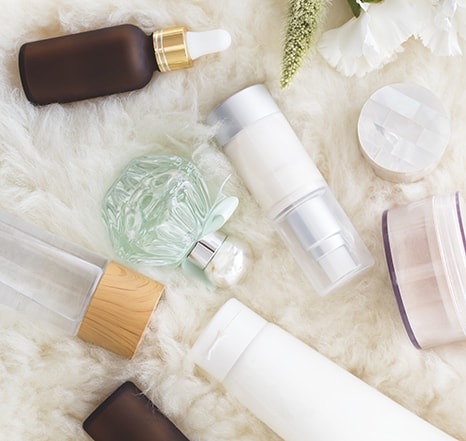
“One of the biggest ways ingredient transparency has manifested is through the clean beauty movement,” reports market research firm CBI Insights. “Farm-to-face, seed-to-skin—whatever you call it, the clean beauty market is booming.”
In fact, the firm reports the related global natural and organic beauty market sits at at US $22 billion and mentions of “clean” beauty in earning calls have drastically risen since 2019 alone. However, there is a cautionary tale in that there currently is no official U.S. Food and Drug Administration ruling for what constitutes natural, clean, etc. In fact, some companies have been called out for “greenwashing” and misleading consumers for suggesting their “free-from” products are better than competitors’.
In response, discussions are in the works to define what should constitute a “natural.” Furthermore, certifications such as the USDA Biopreferred Program offer some guidance for both product developers and consumers. Despite some of these challenges, and perhaps due to them, CBI projects the trend for ingredient transparency is here to stay and will take shape in three key areas:
1. Transparency Tech/Devices
According to CBI, technology is doing the work for consumers via apps and intelligence platforms to educate consumers and provide data to brands and retailers about cosmetic ingredients. The firm adds that connected packaging may also play a role in promoting ingredient transparency through digital content tutorials. Voice technologies and voice assistants also present opportunities to ask Alexa whether or not a product is “formaldehyde-free.”
2. Biotech Ingredients
Biotech companies are increasingly aligning with cosmetic companies to create new ingredient innovations. Startups have developed ingredients for cosmetics including animal-free collagen, sugarcane-based squalane, ethically sourced keratin, biosilk proteins and more. Companies are focused on bio-derived, renewable, sustainable, low carbon footprint, ethically sourced and other facets of ingredient innovation, and these mindful efforts toward the greater good and environment can be communicated transparently to consumers.
One such company, P2 Science, is a green chemistry company spun out of Yale University that has developed unique chemical process technologies for converting renewable feedstocks into high-value, specialty chemicals. These include flavour and fragrance ingredients, as well as cosmetics ingredients and renewable monomers. To learn more, check out our upcoming, free webcast on the company’s Citropol high performance liquid polymer for “clean beauty” applications.
3. New Sourcing Standards and Ethical Labels
Finally, from “wild” skin care to halal-certified cosmetics, CBI points to new levels of ethics on labels beyond cruelty-free and organic. Consider the recent movements for responsible mica mining and the various companies certified by the Roundtable on Sustainable Palm Oil. Though ingredient sourcing has traditionally been kept secret by beauty companies, CBI notes these standards, labels and partnerships help to navigate consumers past the confusion around naturals and ultimately can improve the beauty production value chain.
https://www.cosmeticsandtoiletries.com/
Credit: Rachel Grabenhofer










